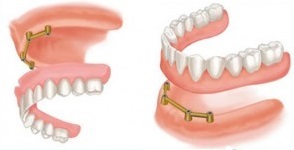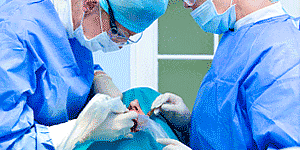
انتخاب ایمپلنت به عنوان بهترین جایگزین
2015-11-16
Oral Health and Bone Disease
2015-11-17This paper is a review of the literature on the possible association between osteoporosis and oral bone loss, with an emphasis on radiological studies. Such an association was first suggested in 1960. Subsequent histomorphometric and microradiographic studies showed that after the age of 50 there was a marked increase in the cortical porosity of the mandible, with this increase being greater in the alveolar bone than the mandibular body; and that with this increase in porosity, there was a concomitant decrease in bone mass, which appeared to be more pronounced in females than in males, with the loss in bone mineral content estimated to be 1.5% per year in females and 0.9% in males
These studies also demonstrated a considerable amount of variation in the amounts of cortical and trabecular bone within and among individuals. Subsequent clinical studies reported associations between the bone densities of jaws and metacarpals, forearm bones, vertebrae and femurs. These studies indicated that women had lower mandibular bone mineral content (BMC) than men and that age-related loss of bone was more pronounced in women after the age of 50 years than in men of the same age, as was the case for the rest of the body. It was suggested that systemic factors responsible for osteoporotic bone loss may combine with local factors (periodontal diseases) to increase rates of periodontal alveolar bone loss. Although not all studies found associations between osteoporosis and oral bone loss, the conclusion of this review is that such an association exists; yet additional longitudinal investigations are needed to confirm this, and before the implications of this association could be fully utilized in clinical dentistry, inexpensive methods must be developed for sensitive and specific measures of oral bone loss
reference
www.birpublications.org
related






